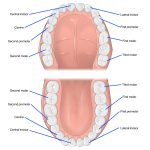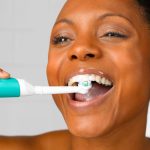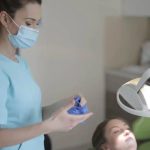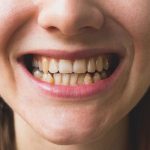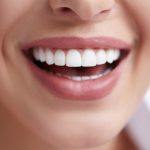Say Goodbye to Braces Glue: Effective Ways to Remove Braces Adhesive from Teeth
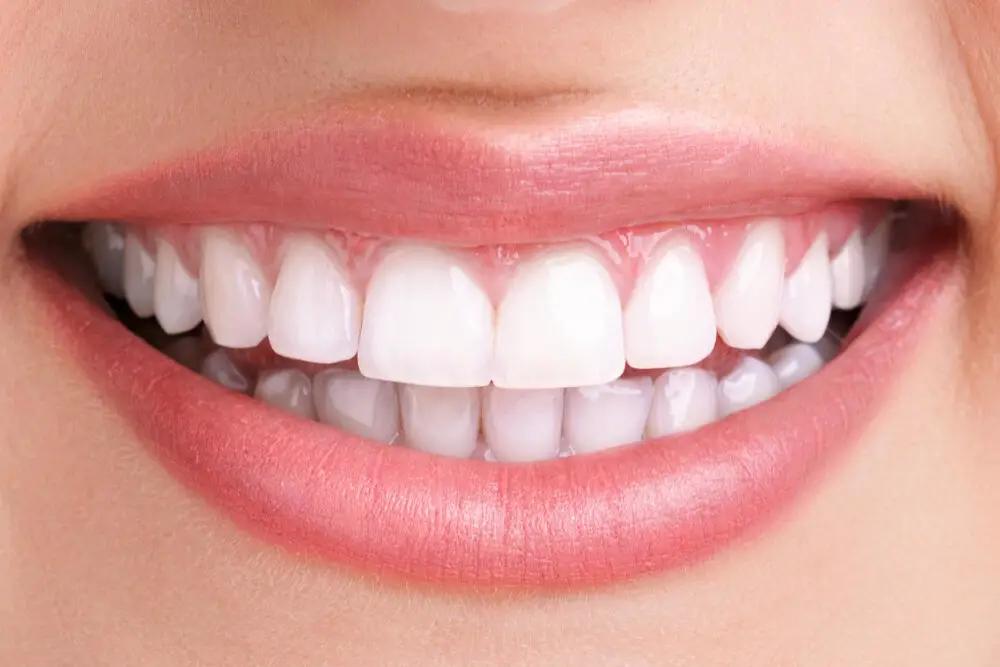
Braces are a popular orthodontic treatment that has been used for years to correct dental problems such as crooked teeth, overcrowding, and misaligned bites. While braces are an effective way to achieve a beautiful and healthy smile, they do require special care and maintenance. One of the most common concerns for patients who wear braces is how to remove the adhesive that is used to attach the brackets to their teeth. Fortunately, there are several effective ways to remove braces adhesive from teeth without causing any damage or discomfort. Removing braces adhesive requires patience, care, and the right tools. Braces adhesive is a strong and durable material that is designed to withstand the pressure and tension of the braces. However, once the braces are removed, the adhesive can be difficult to remove without the proper techniques. Fortunately, there are several methods that can help you remove the adhesive from your teeth safely and effectively. From using dental floss and toothpaste to specialized adhesive remover solutions, there are many options available to help you say goodbye to braces glue and achieve a beautiful, healthy smile.
Why Removing Braces Adhesive from Teeth is Important
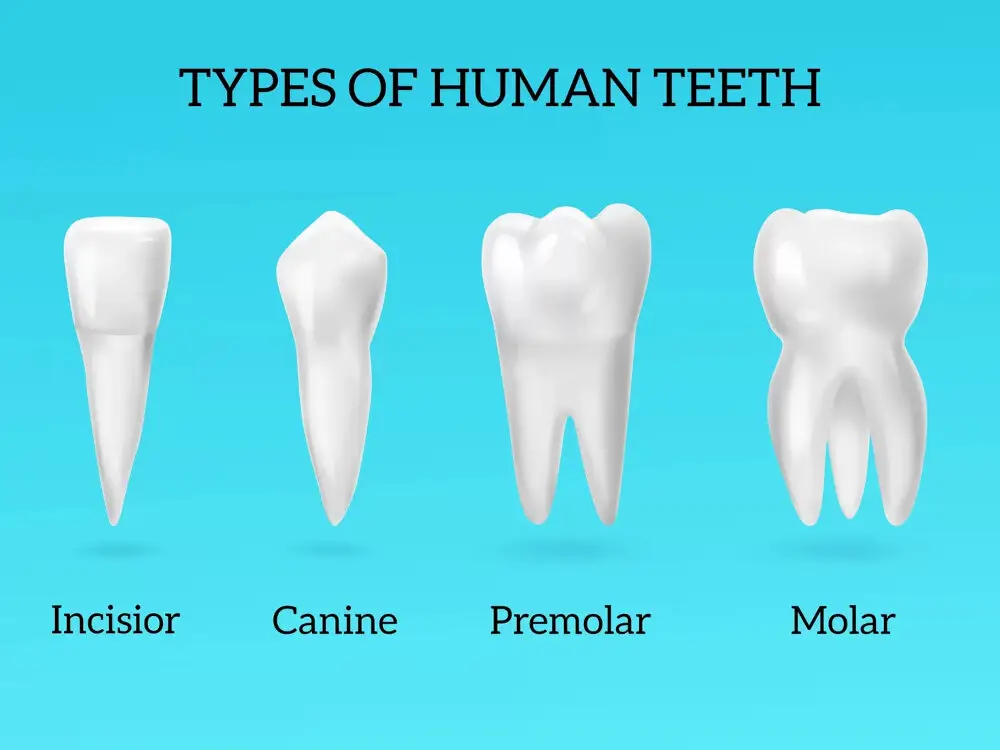
Braces adhesive is a powerful and strong bonding material that is used to hold the braces in place. It is a crucial component for successful orthodontic treatment. However, when it is time to remove the braces, the adhesive must be removed from the teeth. This is important for a number of reasons. Firstly, if the adhesive is left on the teeth, it can cause discoloration and staining. Over time, the adhesive will attract plaque and bacteria, which can lead to tooth decay and gum disease. Secondly, removing the adhesive is essential for maintaining good oral hygiene. The adhesive can make it difficult to floss and brush properly, which can lead to the buildup of harmful bacteria in the mouth. By removing the adhesive, patients can ensure that they are able to keep their teeth and gums healthy and free from decay. There are several effective ways to remove braces adhesive from teeth. One of the most popular methods is using dental floss or a dental pick to gently scrape away the adhesive. Another effective method is using a special adhesive remover solution, which can be purchased from a dental supply store. This solution is applied to the teeth and left to soak for a few minutes before being wiped away with a cotton swab or dental tool. It is important to note that removing braces adhesive should only be done by a trained dental professional, as improper removal can cause damage to the teeth and gums. In conclusion, removing braces adhesive from teeth is an important step in maintaining good oral health and hygiene. Patients should work closely with their dental professionals to ensure that the adhesive is removed safely and effectively.
Leaving braces adhesive on teeth can lead to a variety of negative effects. One of the most common issues is discoloration, where the adhesive can stain the enamel and create a yellow or brown appearance. In addition, the adhesive can make it difficult to properly clean the teeth, leading to a buildup of plaque and bacteria that can cause tooth decay and gum disease. The adhesive can also cause irritation and sensitivity in the surrounding gum tissue, leading to discomfort and pain. Overall, it’s important to remove braces adhesive promptly to avoid these negative effects and maintain good oral health.
Braces adhesive, also known as dental glue, is a common material used by orthodontists to attach brackets to teeth during the braces treatment. However, one of the biggest challenges with braces adhesive is that food particles and bacteria can easily get stuck in it. This is because the adhesive is a porous material that can trap tiny particles and create a breeding ground for bacteria. As a result, it is crucial to maintain good oral hygiene during braces treatment by brushing and flossing regularly to prevent any food particles or bacteria from getting stuck in the adhesive. Otherwise, it can lead to dental problems such as tooth decay, bad breath, and gum disease.
Tools and Supplies Needed for Removing Braces Adhesive
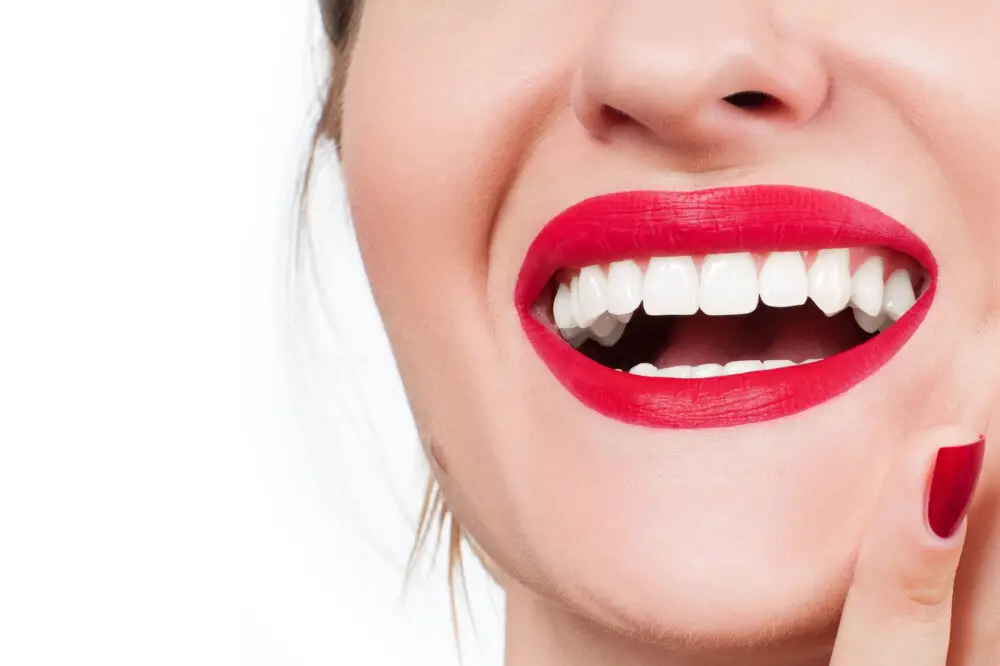
When it comes to removing braces adhesive from teeth, having the right tools and supplies is essential. First and foremost, a dental scaler or scraper is necessary to gently scrape away the adhesive. This tool should be used with caution and precision to avoid damaging the enamel or causing any discomfort. In addition to the scaler, dental floss or interdental brushes can be used to remove any remaining adhesive between the teeth. It is also important to have a good quality toothbrush and toothpaste to thoroughly clean the teeth and gums after the adhesive has been removed. Other supplies that may be useful include mouthwash or a saltwater rinse to soothe any irritation or soreness, and a dental mirror to help navigate hard-to-reach areas. Some people may also find it helpful to have a numbing gel or over-the-counter pain relief medication on hand, as removing the adhesive can sometimes cause discomfort or sensitivity. Overall, having the right tools and supplies can make the process of removing braces adhesive much easier and more effective, while also helping to protect and care for the teeth and gums. In conclusion, removing braces adhesive requires precision and care, as well as the right tools and supplies. A dental scaler or scraper, dental floss or interdental brushes, a toothbrush and toothpaste, and other supplies such as mouthwash or pain relief medication can all be useful in this process. By taking the time to properly remove the adhesive and care for the teeth and gums afterwards, individuals can say goodbye to braces glue and enjoy a healthy, beautiful smile.
Removing braces adhesive can be a daunting task, but having the right tools and supplies can make the process much easier. The first item on your list should be a dental scaler or a pair of pliers, which will help you gently pry the brackets from your teeth. Dental floss or a dental pick can also come in handy for getting rid of any remaining adhesive. To protect your teeth and gums, it’s important to have a tube of fluoride toothpaste and a soft-bristled toothbrush on hand. Additionally, a bottle of rubbing alcohol and a cotton swab can help to dissolve any stubborn adhesive. Finally, a mirror and plenty of patience are essential for ensuring that you remove all of the adhesive safely and effectively.
When it comes to removing braces adhesive from teeth, there are several effective tools that can be used. One of the best tools is a dental scaler, which can be used to gently scrape away the adhesive without damaging the surface of the tooth. Another effective tool is dental floss, which can be used to carefully work the adhesive away from the tooth. A dental pick can also be used to carefully loosen and remove the adhesive. It is important to use these tools with care and precision to avoid causing damage to the teeth, and to ensure that all of the adhesive is removed properly.
Effective Ways to Remove Braces Adhesive
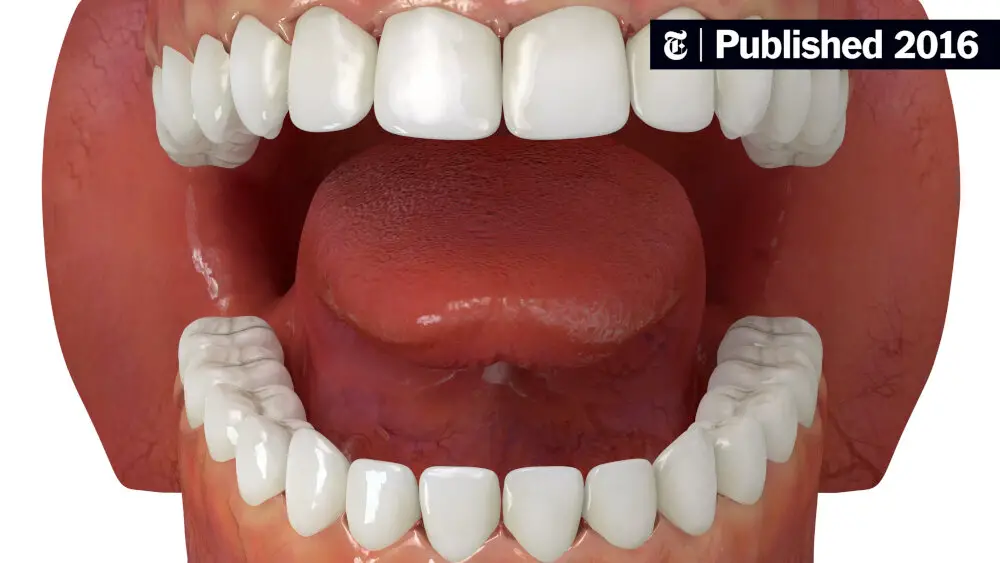
Braces adhesive, commonly known as orthodontic glue, is a type of cement that is used to attach braces to the teeth. After the braces are removed, some residue may be left over on the teeth, making it difficult to clean. As a result, it is essential to remove the adhesive effectively to maintain good oral hygiene. There are several effective ways to remove braces adhesive from teeth. One of the most popular methods is to use a dental pick or scaler to scrape the residue off gently. This method requires patience and care to avoid damaging the enamel or injuring the gums. Another effective way to remove braces adhesive is to use baking soda and water. Baking soda is a natural abrasive that can help remove the glue without damaging the teeth or gums. To use this method, mix a tablespoon of baking soda with a few drops of water to make a paste. Apply the paste to the affected teeth and let it sit for a few minutes. Then, rinse your mouth with water and brush your teeth as usual. This method is not only effective but also safe and cost-effective, making it an excellent option for anyone looking to remove braces adhesive at home.
After the long and often arduous journey of wearing braces, the time has come to remove them. But before that can happen, the adhesive used to attach the brackets to the teeth must be removed. There are several methods for removing braces adhesive, each with its own benefits and drawbacks. Dental floss is a simple and effective method that involves running a piece of floss between the bracket and the tooth to loosen the adhesive. Orthodontic wax can also be used to grip the bracket and twist it off the tooth. A toothbrush can be used to scrub away any remaining adhesive. Regardless of which method is used, it is important to be gentle and patient to avoid damaging the teeth or causing pain.
When it comes to removing braces adhesive from teeth, there are a few methods you can try. One option is to use dental floss or a plastic dental tool to gently scrape away the glue. Another method is to use a mixture of baking soda and water to create a paste that can be applied directly to the affected area. You can also try using an adhesive remover specifically designed for braces, which can be found at most drugstores. Regardless of which method you choose, it’s important to be patient and take your time to avoid damaging your teeth or gums. With a little effort and persistence, you can say goodbye to braces glue and enjoy a beautiful, healthy smile.
When it comes to removing braces adhesive from teeth, there are several methods available. One of the most popular methods is using dental floss or interdental brushes, which can effectively remove the adhesive from the spaces between the teeth. Another method is using dental adhesive removers, which can dissolve the adhesive and make it easier to remove. While these methods are effective, they also have their disadvantages. Dental floss can be time-consuming and difficult to use, especially for those with braces. Interdental brushes can also be difficult to use, and may not be effective for removing all types of adhesive. Dental adhesive removers can also be expensive and may not be suitable for those with sensitive teeth. Ultimately, the best method for removing braces adhesive will depend on the individual’s needs and preferences.
Tips for Preventing Braces Adhesive BuildUp
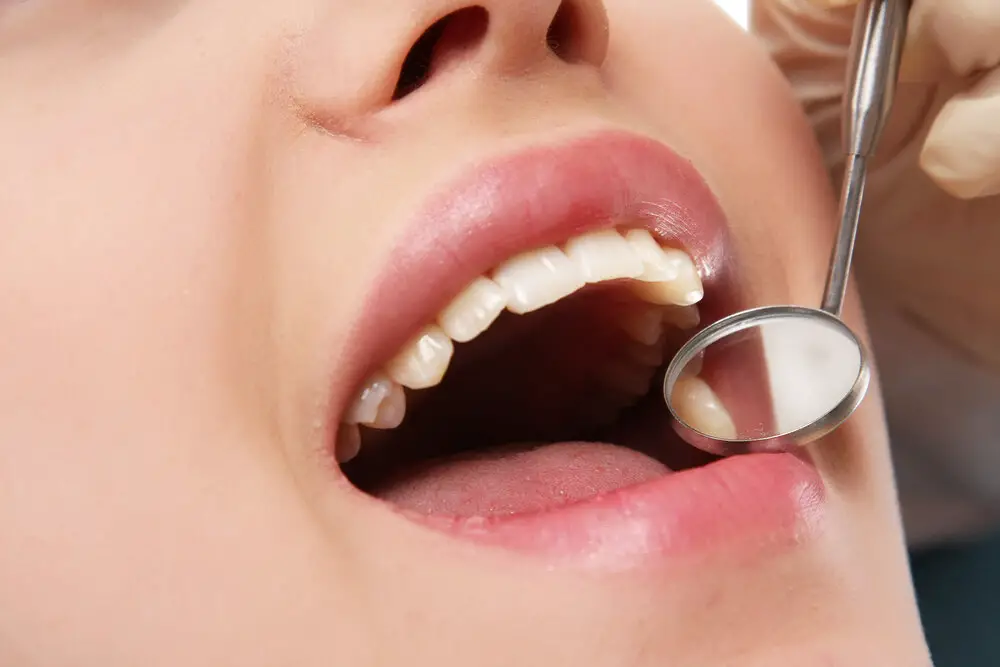
Braces adhesive buildup is a common problem for individuals who wear braces. It can be unsightly, uncomfortable, and can even lead to dental issues. To prevent braces adhesive buildup, there are a few tips to keep in mind. Firstly, it is important to maintain good oral hygiene habits, such as brushing and flossing regularly. This will help to remove any food particles or debris that may get stuck in the braces and cause adhesive buildup. Additionally, using mouthwash or an oral rinse can help to kill bacteria and prevent plaque buildup. It is also recommended to avoid eating sticky or hard foods that can get caught in the braces and cause adhesive buildup. Lastly, visiting your orthodontist regularly for check-ups and adjustments can help to prevent any issues with adhesive buildup. Removing braces adhesive from teeth can be a challenging and frustrating process. However, there are effective ways to remove adhesive buildup at home. One method is to use orthodontic wax to cover the adhesive and protect the teeth from further buildup. Another method is to use a soft-bristled toothbrush and non-abrasive toothpaste to gently scrub away the adhesive. Additionally, using a dental pick or floss threader can help to remove any adhesive that may be stuck between the teeth. If these methods do not work, it is best to seek assistance from your orthodontist, who can use specialized tools to remove the adhesive safely and effectively. Overall, with the right preventative measures and removal techniques, braces adhesive buildup can be avoided and effectively managed.
To prevent braces adhesive buildup in the future, it is important to maintain good oral hygiene. This includes brushing your teeth twice a day, flossing regularly, and using mouthwash to clean your mouth. It is also recommended to avoid sticky and sugary foods that can cause the adhesive to stick to your teeth. Additionally, regular visits to your orthodontist can help prevent buildup by allowing them to clean your teeth and braces thoroughly. By following these tips, you can ensure that your teeth and braces remain clean and healthy throughout your treatment.
Good oral hygiene and regular dental checkups are crucial for maintaining healthy teeth and gums. Poor dental hygiene can lead to a buildup of plaque and tartar, which can cause tooth decay, gum disease, and bad breath. Regular brushing, flossing, and using mouthwash can help prevent these issues. Additionally, dental checkups allow dentists to identify and address any potential problems early on, before they become more serious and costly to treat. By prioritizing good oral hygiene and scheduling regular dental checkups, individuals can ensure that their teeth and gums stay healthy and strong for years to come.
Removing braces adhesive from teeth is a crucial step in the orthodontic treatment process. Braces adhesive is a strong bonding material that is used to attach brackets to the teeth. While braces are on, the adhesive can accumulate plaque and bacteria, leading to tooth decay, gum disease, and bad breath. Therefore, it is essential to remove the adhesive thoroughly after the braces are removed. Failing to remove the adhesive can also cause discoloration and damage to the tooth enamel. Moreover, it can make it difficult for the dentist to take accurate impressions for retainers or other orthodontic devices. By removing the braces adhesive effectively, you can ensure healthy and beautiful teeth for years to come.
The methods discussed in this article for removing braces adhesive have proven to be highly effective. From using dental floss and orthodontic wax to applying olive oil and baking soda paste, there are various techniques that can be employed to remove adhesive residue from teeth without causing any damage. Furthermore, the use of professional dental tools and products such as adhesive removers and scaler tips by a dental professional can also provide effective results. Therefore, it is important to consider these methods when dealing with braces adhesive removal to ensure a safe and successful process.
Maintaining good oral hygiene is crucial during and after wearing braces. While braces can straighten teeth, they can also make it harder to keep teeth clean. Brushing and flossing regularly will help prevent plaque buildup, which can lead to tooth decay and gum disease. It’s important to use a soft-bristled brush and fluoride toothpaste to gently clean around the brackets and wires. Additionally, rinsing with an antiseptic mouthwash can help kill bacteria and freshen breath. Finally, scheduling regular dental check-ups and cleanings can help ensure your oral health stays in top shape even after braces are removed. By following these tips, you can maintain a healthy, beautiful smile for years to come.
Conclusion
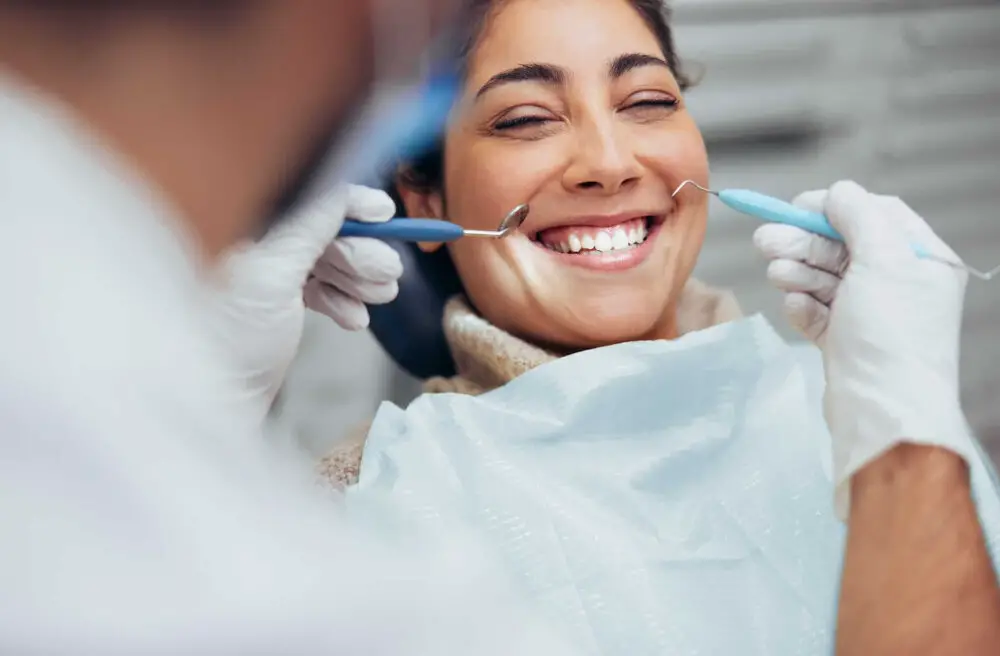
In conclusion, the removal of braces adhesive from teeth can be a tedious task, but there are several effective ways to make the process easier. From using dental floss and interdental brushes to utilizing oil-based products and even seeking professional assistance from a dentist, there are numerous options available to ensure that the removal process is as efficient and painless as possible. It is important to remember that the proper removal of braces adhesive is crucial in maintaining a healthy and beautiful smile, and taking the time to implement these tips and tricks will undoubtedly pay off in the long run. So, bid farewell to braces glue and say hello to a bright, clean, and healthy set of teeth!

